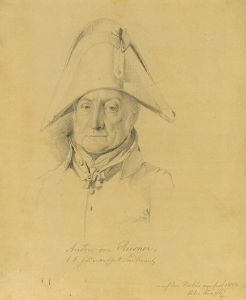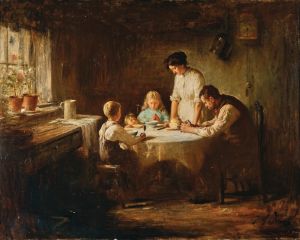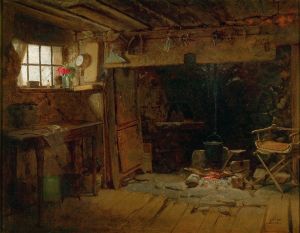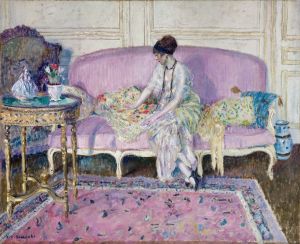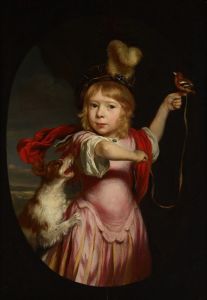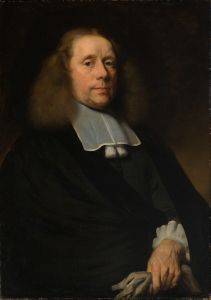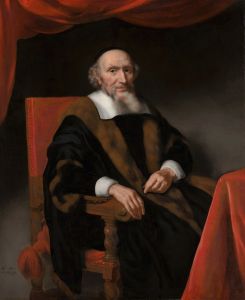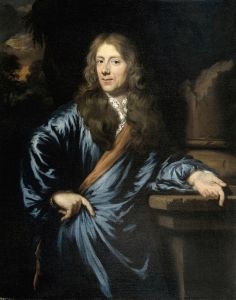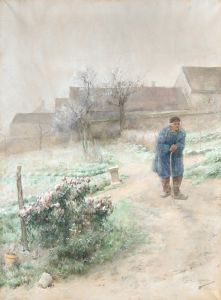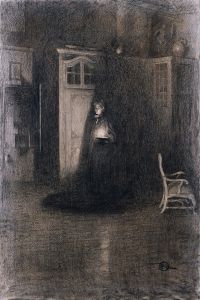
De spinster
A hand-painted replica of Nicolaes Maes’s masterpiece De spinster, meticulously crafted by professional artists to capture the true essence of the original. Each piece is created with museum-quality canvas and rare mineral pigments, carefully painted by experienced artists with delicate brushstrokes and rich, layered colors to perfectly recreate the texture of the original artwork. Unlike machine-printed reproductions, this hand-painted version brings the painting to life, infused with the artist’s emotions and skill in every stroke. Whether for personal collection or home decoration, it instantly elevates the artistic atmosphere of any space.
Nicolaes Maes, a prominent Dutch Golden Age painter, created "The Spinner" (also known as "De spinster") around 1655. This painting is a fine example of Maes's genre works, which often depicted scenes of domestic life with a focus on women engaged in everyday activities. "The Spinner" portrays a woman seated at a spinning wheel, deeply absorbed in her work. The composition reflects Maes's ability to capture intimate, quiet moments with a sense of realism and warmth.
The painting is notable for its use of light and shadow, a technique Maes likely developed under the influence of Rembrandt, with whom he studied in Amsterdam. The soft, natural lighting in "The Spinner" highlights the textures of the woman's clothing and the spinning wheel, creating a sense of depth and atmosphere. The subdued color palette and careful attention to detail further enhance the sense of realism and intimacy in the scene.
Maes's genre paintings, including "The Spinner," often carried moral or symbolic undertones, reflecting the values of 17th-century Dutch society. In this work, the act of spinning may symbolize industriousness and domestic virtue, qualities that were highly regarded during the period. However, the painting's primary appeal lies in its ability to depict a moment of quiet concentration and the dignity of everyday labor.
"The Spinner" is housed in the Rijksmuseum in Amsterdam, one of the most renowned museums for Dutch art. It is part of the museum's extensive collection of works from the Dutch Golden Age, which includes masterpieces by artists such as Rembrandt, Vermeer, and Frans Hals. The painting is appreciated for its technical skill, emotional resonance, and its contribution to the genre painting tradition of the time.
Nicolaes Maes transitioned to portrait painting later in his career, but his earlier genre works, including "The Spinner," remain some of his most celebrated contributions to Dutch art. These works provide valuable insights into the daily lives and cultural values of 17th-century Dutch society, as well as showcasing Maes's artistic talent and his ability to capture the beauty of ordinary moments.





